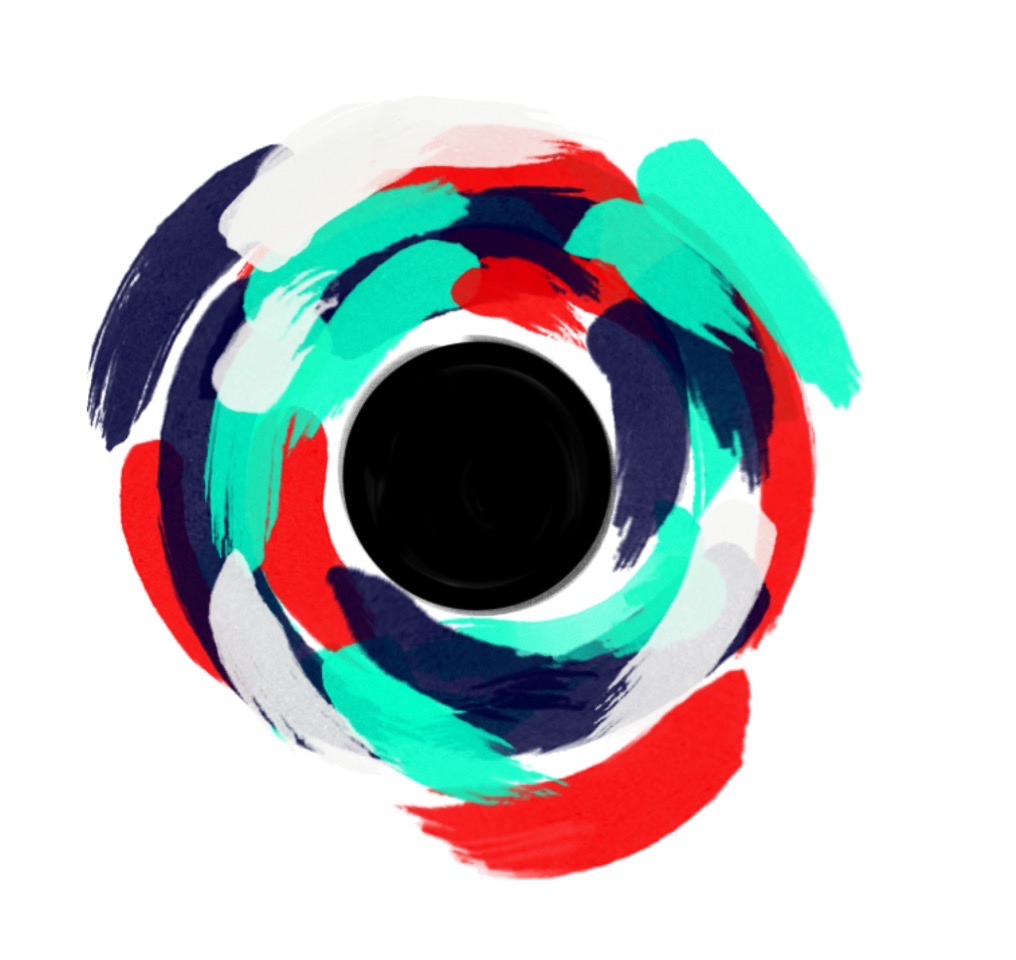Cleaning your tools is important if you want to keep using them in a few years! And art tools especially become unusable very quickly! So I've put together a few tips for you:
Palette Knives
Metal Palette knives have to be cleaned immediately or they immediately become encrusted with paint and effect mediums. I use a rag, which wipes everything off and leaves your pallet knife as good as new! But I keep some encrusted knives as they create some interesting textures. If its a thin layer of just paint then it can be cleaned off some rubbing alcohol. The plastics knives (left) are the cheapest and I usually buy them to use with effect mediums. They almost never return to original, at the very least getting stained (and then tinting paint it touches).
Paintbrushes
I'm sure you've been told this a billion times before, but I'm going to say it again. When you're not using the paintbrush while painting; keep it wet and wash it ASAP! Don't leave it standing in your pot of water as that will bend or damage the tip. When washing them, hold it pointing down in the stream of water and gently clean it until the water runs clear.
Rubber brushes
These are probably the most paint caked tools I own. They're rubber 'brushes' that have chiseled tips. Though they're meant for texture I also use them to clean paint or make sure I get all the paint out of the cup (with fluidart). I even use them to clean my palettes.
Any suggestions? Comment below!
Shivani







